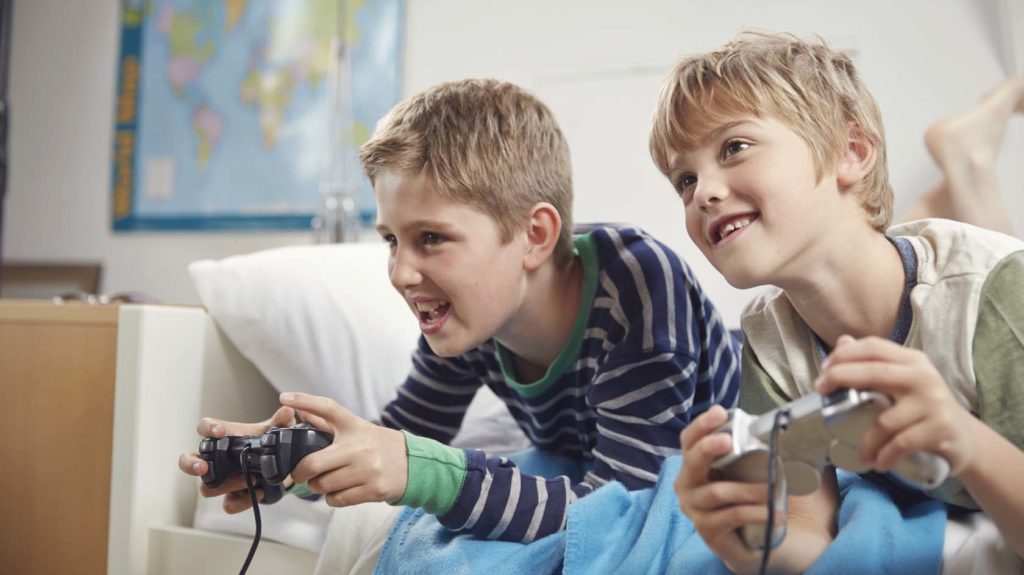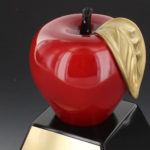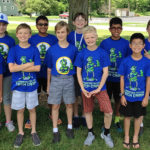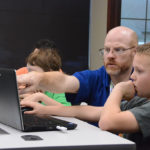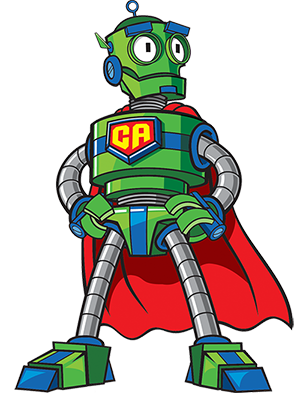Minimize Screen Time With These Snow Day STEM activities
First of all – I hope everybody is staying safe and warm in these crazy arctic temperatures! While the kids couldn’t be happier for this snow/ice/cold day, they don’t have to miss out on learning! Are they already bored? Are you wondering what you’re going to do with them… inside… for the next couple of days? We’ve got you covered with these snow day STEM activities, with the help of Steam Powered Family and iGameMom.
Indoor Snow Day STEM Activities
Crazy Chemicals
A fun experiment involving acids and bases is using red cabbage as an indicator! Take a head of red cabbage and boil it. The water will turn bluish-purple. Then, once the water cools, use it as the indicator to test different bases and acids. For bases – try baking soda, bleach, etc. with parent supervision. For acids – you can use lemon juice, orange juice, and vinegar. Kids will love “experimenting” in the kitchen, and will love this science lesson!
Wheel of the Year
If you’ve got a crafty kid, this snow day STEM activity is a great one for hands-on or art-focused fun! Steam Powered Family has a fun craft for kids that covers seasons called Wheel of the Year. This is a great inside craft opening up discussions about the season, and leaving you and your child with a craft to be used year-round.
How Does Salt Affect Ice?
Your kids may have seen plow trucks put down salt on the roads. This snow day STEM activity is a cool way for kids to learn WHY. It lets them see the effects of it with their own eyes.
Place the same amount of ice cubes in three or five different containers (ex: tin cans, mason jars, Tupperware, bowls). If you have whole or rock salt, use five. If just table salt, use three. One is your control – just ice. The 2nd, add one tablespoon of table salt. In the third, add two tablespoons of table salt. If you have whole or rock salt, you can do a fourth with one tablespoon of rock salt and the fifth with two. Take the temperature of all of them, then every 20 minutes take the temperatures of all of them until they’re melted. Compare how long each one takes and the temperatures for learning and understanding at the end!
Snowball Bath Bombs
I don’t know about you, but I am SO over slime making, and selfishly completely okay with bath bomb making! When this became the new trend, I wasn’t even mad. I could use a bath bomb now and then! And what better way to theme it than by making snowball bath bombs during these COLD days? Again, from Steam Powered Family, this fun craft is a little more effort than the previously mentioned ones. You may have to go to the store for this. But if your household is anything like mine, we’ve already got the goods for this craft because we’ve made other bath bombs before! So here is the recipe and instructions. Again, bath bombs are a great chemistry learning lesson surrounding acids and bases, and general chemistry observation, plus kids love them!
Outside Snow Day STEM Activities
If you’re brave enough to bundle up for a few minutes and go outside, then there are a few snow day STEM activities you can do with collected snow and ice.
State of Water
If your child is around the age where they’re beginning to learn about solids, liquids and gases, homeostasis, etc. then this is an easy and fun example! Grab some snow or ice from outside to start off with a solid. Bring it in and let it melt into a liquid, before heating it on the stove (with parental supervision, of course!) and watching the water release into gas! Though simple, kids will love that mom or dad is doing this experiment with them, explaining the different states, and learning along with them!
Snow Colors and Density
Bundle up and bring some snow inside, trying to get different kinds of densities – maybe lightly packed, pretty packed and some ice. Put each in a container and let your kids drop some food coloring on each of them. They can observe how the colors move through the different densities (lighter snow>more air pockets>easy travel) and how the colors even mix together. This is a fun opportunity for art and science to combine into a snow day lesson!
Learning Opportunities
Whatever exciting things you decide to do with your kids on these crazy cold days, stop and take a minute and see what learning can take place with each activity. Ask your child what they’re learning in school or their after-school program and see how it relates to what you’re doing. Kids don’t have to be doing experiments or solving math problems to be learning. Simply observing and discussing allows them to think outside the box, see it from your perspective and ultimately, enjoy learning!

